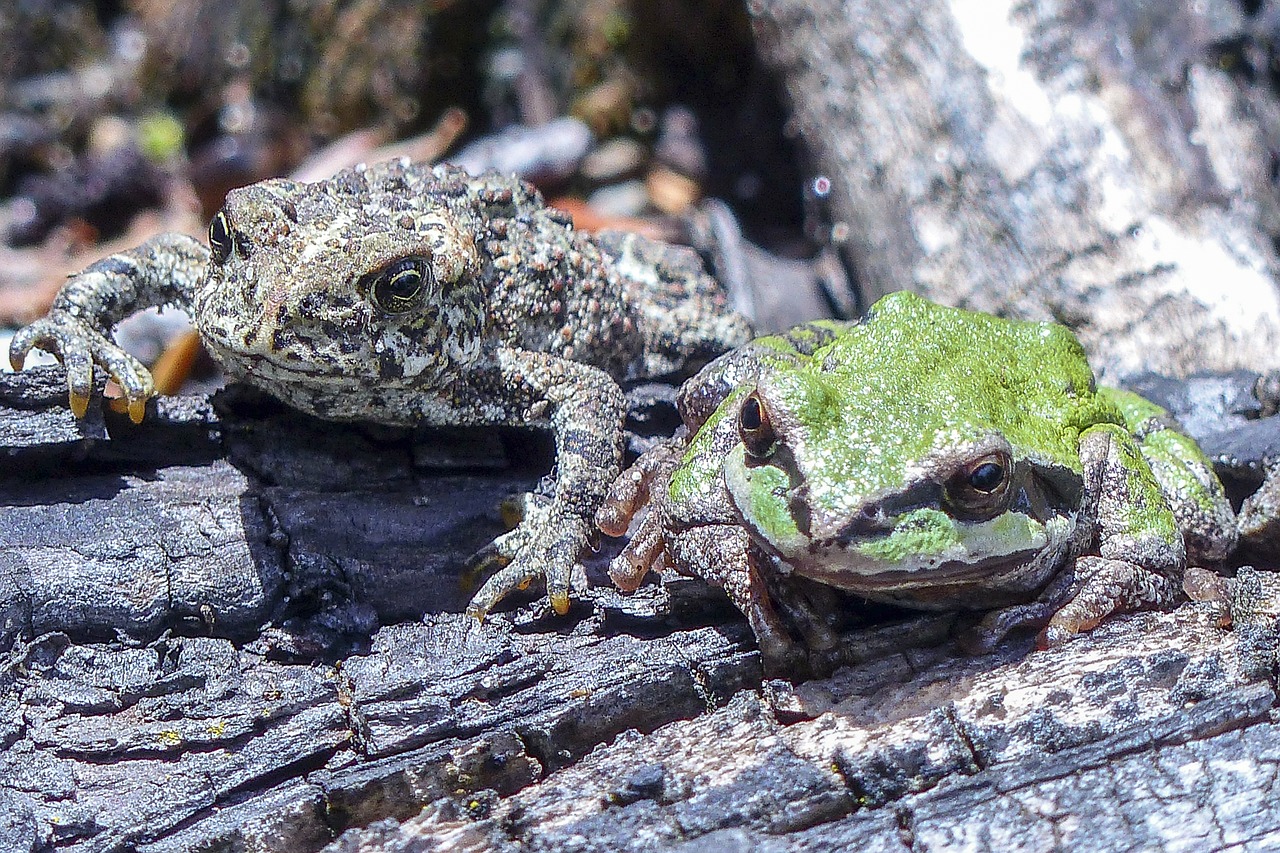
Last month we talked about why you should NOT set up a mixed terrarium. The truth is it’s not an easy task. You’re going to need a large, specialized aquarium, and you will need to do your research on the species you include. That being said, if you really want to invest the time and money to create a mixed terrarium, the top priority is going to be keeping all your exotics alive and healthy. Here’s how to set it up successfully.
Get a big enough habitat space
This is absolutely one of the most important and most overlooked parts of setting up a mixed species terrarium. Any aquarium you purchase for multiple specimens must be able to contain separate habitats for each animal. If you were hoping to save space by housing all your exotics together, think again. Herps are highly territorial, and you will risk losing some of your pets to cage mates if you do not create distinct territories.
That means you will need to take time and care to make defined areas within your terrarium. You will need to use different plants, rocks, and water setups to appeal to your specimens and encourage them to stay in their zone.
Consider temp and humidity requirements
Most species have specialized environmental requirements, and they can be fairly sensitive to environments outside their temperature and humidity range. You’ll find that most amphibians, for example, need a higher humidity level. So that immediately cancels any chance of pairing them up with reptiles from arid regions, like bearded dragons.
Your terrarium is not Animal Planet
In nature, animals eat each other. In a mixed species terrarium, the chances of this happening go up dramatically because your pets have fewer places to run and hide. It goes without saying that you do not want your terrarium to turn into an episode from Animal Planet. To prevent this, you need to first make sure your habitat is set up properly, and second make sure that the exotics you house together are unlikely to consider each other prey.
Some good combinations for shared housing include:
- Green iguanas and frilled lizards (one male per species)
- Radiated tortoises and subspecies of box turtles (very large enclosure)
- Various subspecies of tree frogs
- Subspecies of day geckos (but only one male specimen)
- Fire-bellied toads and fire-bellied newts
- Baby turtles with certain fish
- Terrestrial and tree-dwelling lizards, as long as they require similar temperatures
As a note, chameleons may look laid back, but they do not fare well with any cage mates, including other chameleons.
Establish quarantine procedures
“Quarantine” may bring to mind zombie apocalypse films, but it is actually an established procedure when merging species into one indoor habitat. Any time you acquire a new herp and plan to introduce it to your existing terrarium, you should keep it separated from your other reptiles and amphibians for about two to three months.
Failing to quarantine a new pet could result in the loss of every animal in your terrarium. Parasites and other diseases will quickly spread through your herp collection. And some diseases can take more than a month to manifest, which is why it’s a good idea to quarantine for at least a couple of months.
You are always taking a risk when you combine specimens in one housing setup. Take a look at The Tye Dyed Iguana care sheets to get an idea of which species may be compatible for your mixed terrarium.
